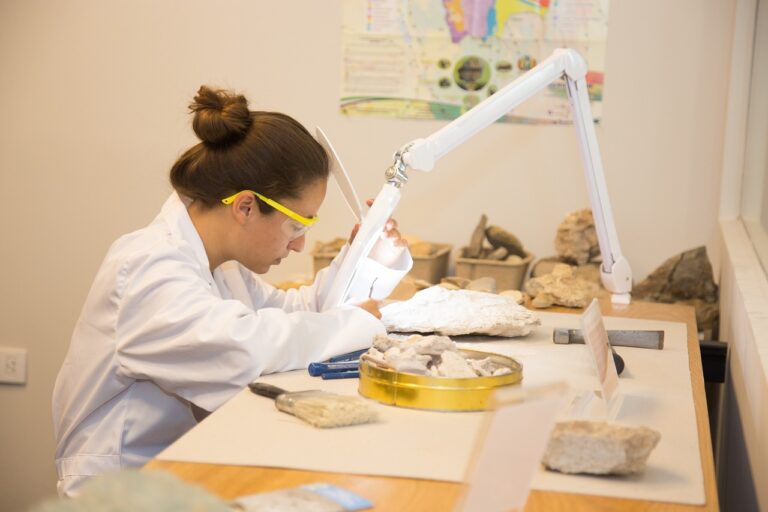Leveraging Robotics for Search and Rescue Training
Search and rescue training is vital for preparing individuals to respond effectively in emergency situations. This specialized training equips participants with the necessary skills and knowledge to locate and extract individuals who are in distress or danger. By undergoing these training programs, responders are able to enhance their ability to handle high-pressure scenarios and make quick decisions that could potentially save lives.
Moreover, search and rescue training emphasizes teamwork and collaboration among responders. By working together, individuals can effectively coordinate search efforts, deploy resources efficiently, and ensure a systematic approach to rescuing those in need. Through training exercises and simulations, participants learn how to communicate effectively, delegate tasks, and adapt to unpredictable situations, all of which are crucial components in successful search and rescue operations.
Challenges Faced in Search and Rescue Operations
One of the primary challenges faced in search and rescue operations is the unpredictable nature of emergencies. Rescuers must be prepared to respond to a wide range of scenarios, from natural disasters to medical emergencies, often with limited information and resources at their disposal. This requires quick thinking, adaptability, and the ability to make split-second decisions in high-pressure situations.
Another major obstacle in search and rescue operations is the element of risk involved. Rescuers put their own safety on the line to save others, facing dangers such as unstable structures, hazardous materials, and extreme weather conditions. Balancing the urgency of the situation with the need to ensure the safety of both the victims and the rescuers themselves is a constant challenge in search and rescue missions.
Role of Robotics in Search and Rescue Training
Robotics play a crucial role in enhancing the efficiency and effectiveness of search and rescue training programs. These advanced technologies enable responders to simulate complex scenarios and practice various search and rescue techniques in a controlled environment. This hands-on experience helps them develop necessary skills and strategies to handle real-life emergencies with precision and speed.
Moreover, robotics can be used to create realistic scenarios that closely mimic the challenges faced in actual search and rescue operations. By utilizing robotic tools and simulations, trainees can familiarize themselves with different situations, terrain types, and obstacles they may encounter during a rescue mission. This practical exposure not only enhances their problem-solving abilities but also boosts their confidence and readiness to respond to emergencies effectively.
• Robotics enhance the efficiency and effectiveness of search and rescue training programs
• Responders can simulate complex scenarios and practice various techniques in a controlled environment
• Hands-on experience helps develop necessary skills and strategies for real-life emergencies
• Robotic tools create realistic scenarios mimicking challenges faced in actual operations
• Trainees familiarize themselves with different situations, terrain types, and obstacles through simulations
• Practical exposure enhances problem-solving abilities, boosts confidence, and readiness to respond effectively
What is the importance of search and rescue training?
Search and rescue training is crucial as it prepares individuals to effectively respond to emergencies and disasters, potentially saving lives in the process.
What are some challenges faced in search and rescue operations?
Some challenges in search and rescue operations include difficult terrain, limited resources, time constraints, and the potential danger to rescuers.
How can robotics help in search and rescue training?
Robotics can play a significant role in search and rescue training by simulating real-life scenarios, providing hands-on experience, and enhancing skills in a safe and controlled environment.
What are some examples of robotic technologies used in search and rescue training?
Some examples of robotic technologies used in search and rescue training include drones for aerial surveillance, unmanned ground vehicles for reconnaissance, and robotic exoskeletons for strength augmentation.
Can robotics completely replace human involvement in search and rescue operations?
While robotics can enhance search and rescue operations, human involvement is still essential for decision-making, critical thinking, and adapting to unpredictable situations. Robotics can supplement human efforts but not entirely replace them.





